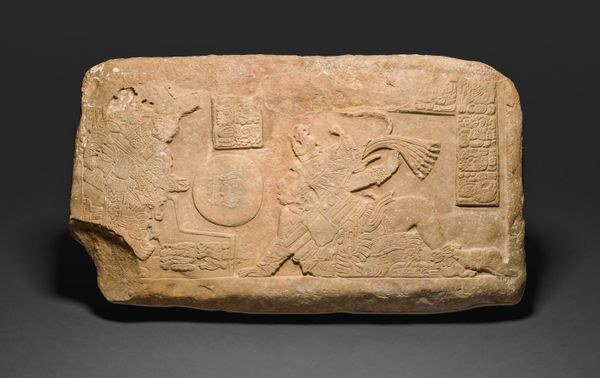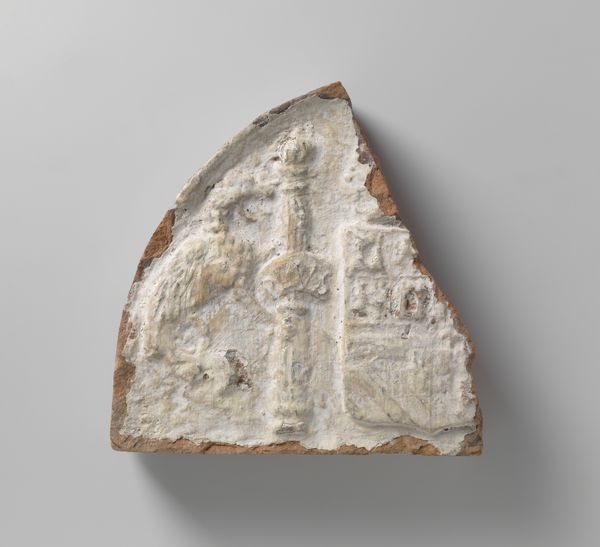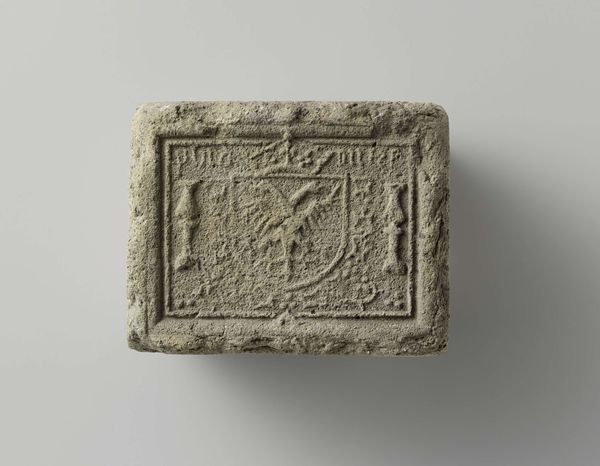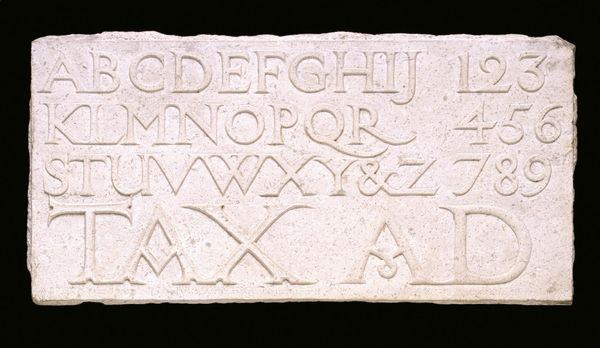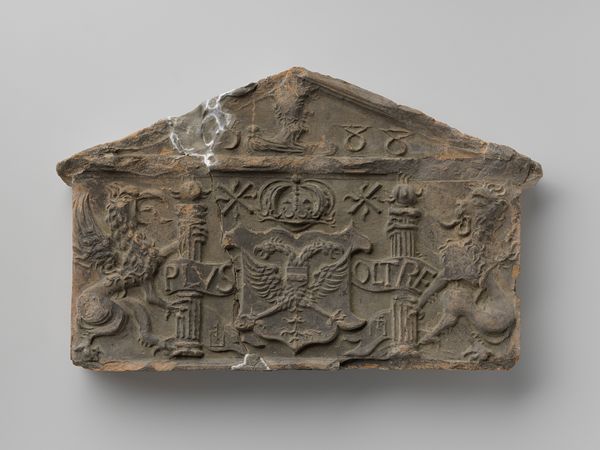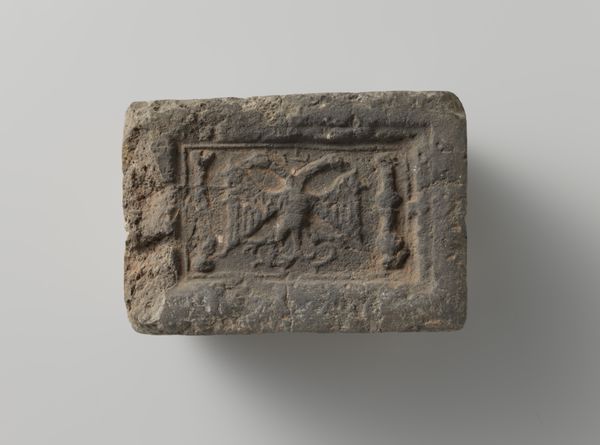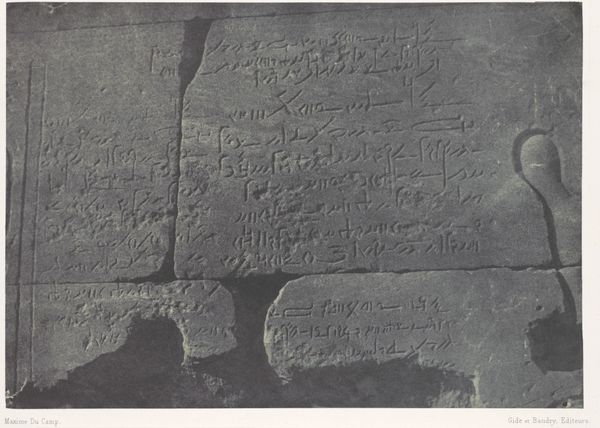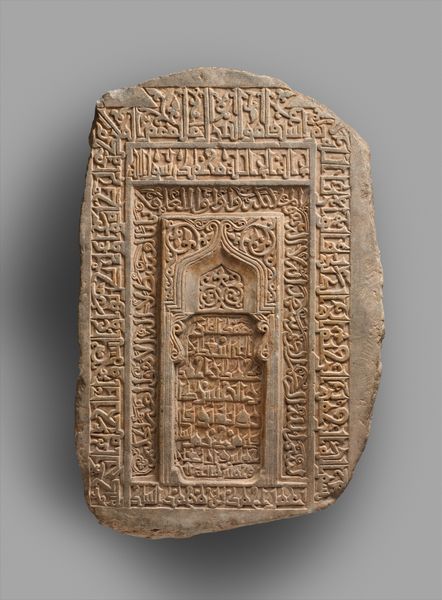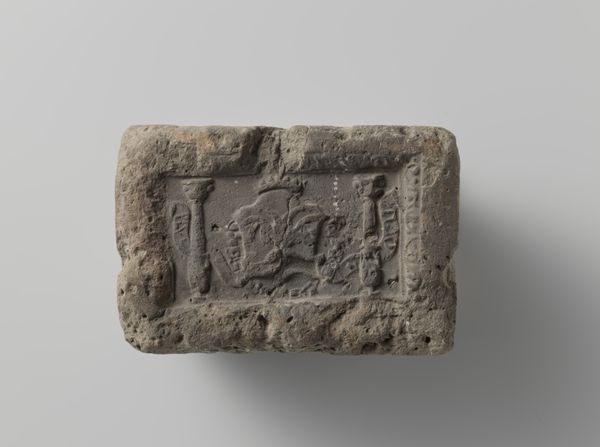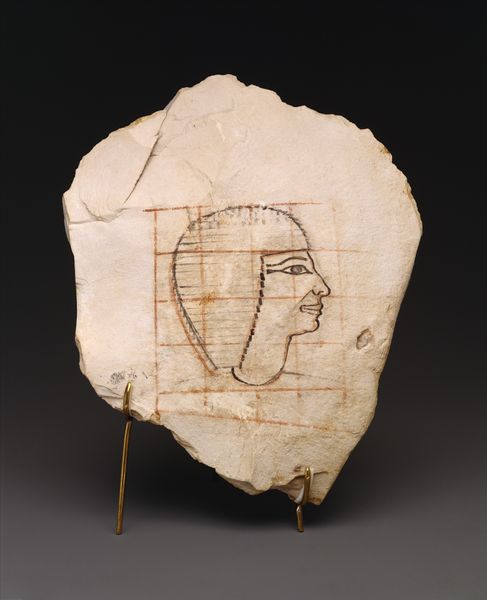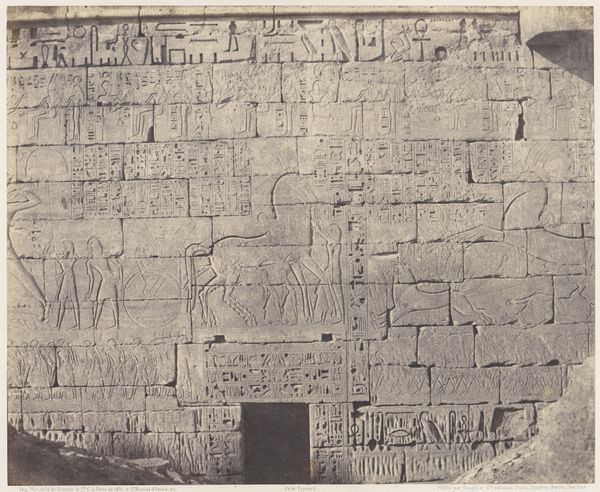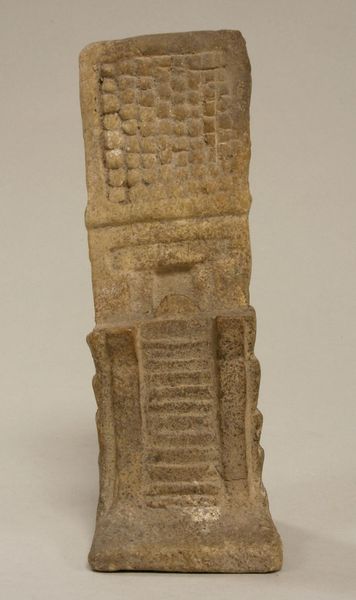
Front of a limestone block from the stepped base of a funerary monument 575 BC
0:00
0:00
carving, sculpture, marble
#
carving
#
sculpture
#
greek-and-roman-art
#
ancient-mediterranean
#
sculpture
#
marble
Dimensions: Overall: 12 1/2 x 33 1/2in. (31.8 x 85.1cm)
Copyright: Public Domain
This limestone block, carved by Phaidimos, once formed part of a funerary monument. In ancient Greece, the creation of such monuments was deeply intertwined with social status and communal memory. This particular block, with its inscribed epitaph, provides a glimpse into the values and beliefs of the society that produced it. The act of commemorating the dead was not merely a personal affair, but a public statement. The size, material, and craftsmanship of the monument would reflect the wealth and status of the deceased and their family. Furthermore, the inscriptions served to preserve the memory of the individual within the collective consciousness of the community. Historians piece together the social context through archaeological reports, literary sources, and comparative studies of similar monuments. The meaning of this block is not simply inherent within the stone itself, but is revealed through understanding the world that shaped its creation.
Comments
No comments
Be the first to comment and join the conversation on the ultimate creative platform.
